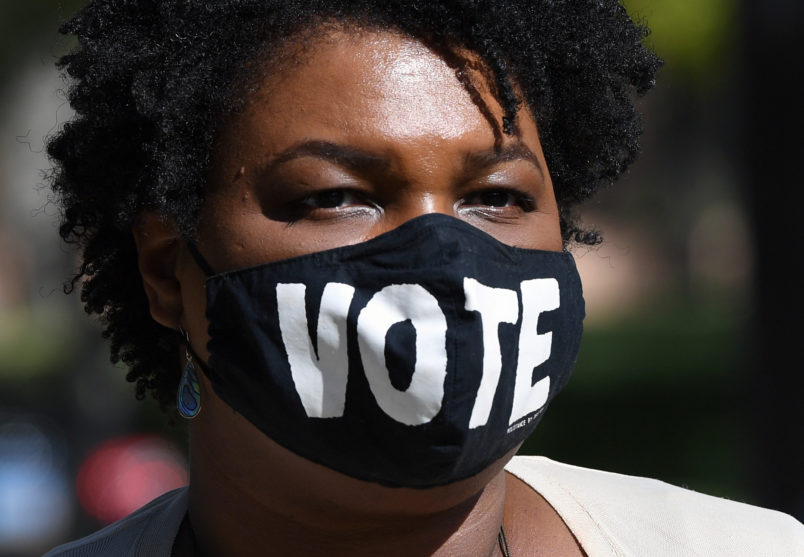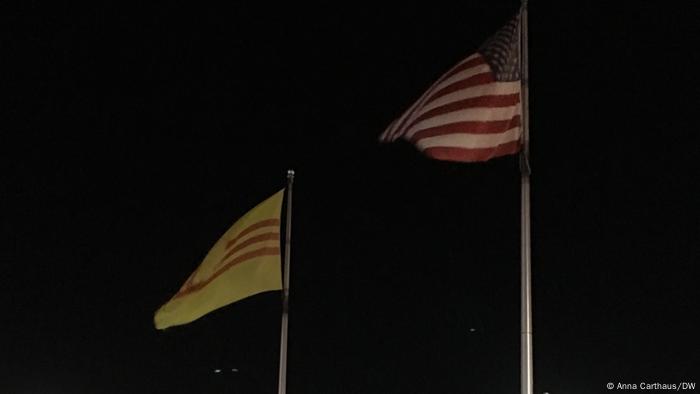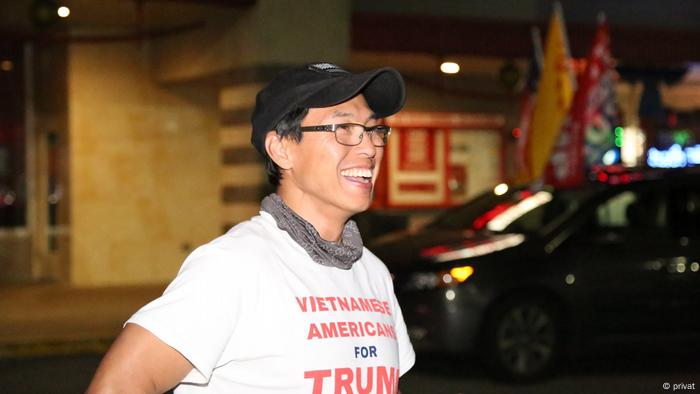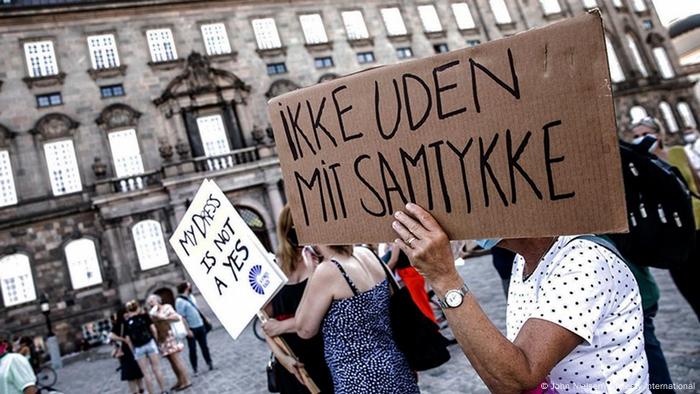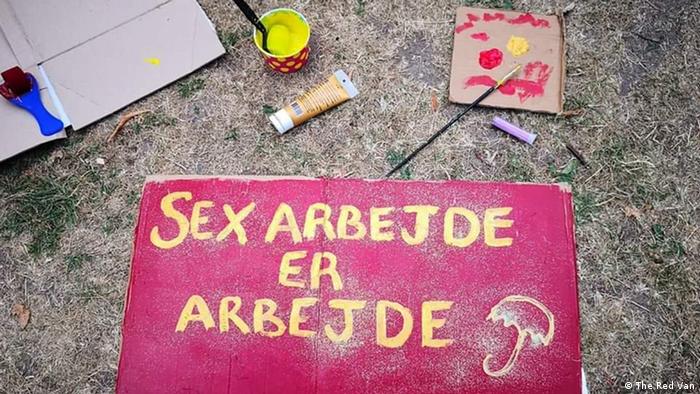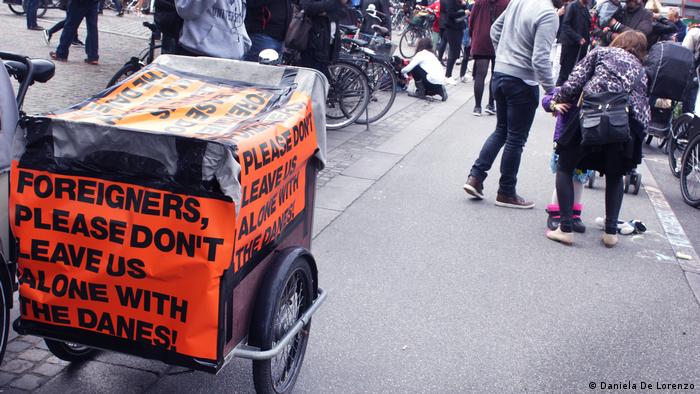By AUSTIN SARATNOV 24, 2020
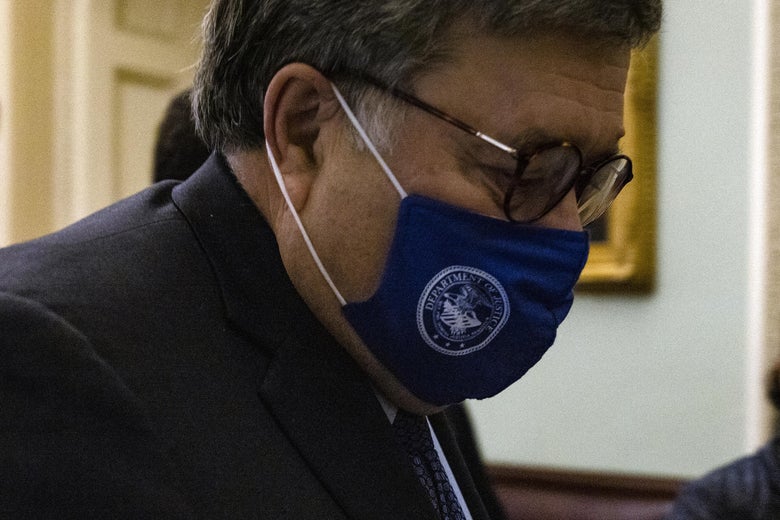
Executioner. Samuel Corum/Getty Images
Last week, the Trump administration announced that it would continue to carry out executions in the days and weeks leading up to the inauguration of President-elect Joe Biden, with the last one now scheduled just five days before Biden takes office on Jan. 20, 2021. This bloodthirsty decision is another and particularly grotesque way in which President Donald Trump and his Justice Department are defying the norms and conventions for modern presidential transitions.
The Death Penalty Information Center reports that the last time an outgoing administration did anything remotely similar was more than a century ago, in 1889. At that time Grover Cleveland, the first Democrat to be elected president after the Civil War and the only president ever to have served as an executioner (when he was the sheriff in Erie County, New York), permitted three executions to proceed in the period between his electoral defeat and Benjamin Harrison’s inauguration in March 1889.
Since then, every outgoing administration has halted the federal death penalty during the transition period. Trump and Attorney General William Barr are not merely failing to engage in a merciful pause: They are rushing to execute persons who might be spared by a new administration.
Indeed, the Biden administration intends to try to abolish the federal death penalty and provide incentives for states to abolish it as well. A spokesperson reaffirmed this intention on Saturday: “The president-elect opposes the death penalty, now and in the future, and as president will work to end its use.”
The changing nature of America’s death penalty politics is also reflected in the fact that the number of executions carried out at the state level has declined to the lowest number since 1983. This year, even the most pro–death penalty states have to some degree recognized the significant health risks associated with carrying out executions during the pandemic and stopped them. All told, seven men have been executed in five different states (Alabama, Georgia, Missouri, Tennessee, and Texas), with South Carolina scheduled to carry out one more before the end of the year.
At the same time, the Trump administration has moved full speed ahead with the federal death penalty. Trump and Barr have ignored the threat of COVID-19 and gone ahead with executions, forcing lawyers, religious advisers, and victims’ family members to risk their health if they choose to be present.
They carried out seven executions in a three-month period last summer. If all goes according to the administration’s newly announced plan, it will make history in yet another way.
It will be the first time that the federal government ends up carrying out more executions (10) in a single year than are carried out in all the states which retain capital punishment (8). Those 10 executions would be the most carried out by the federal government since 1896, when Cleveland’s second administration put 16 people to death.
Moreover, like many of the Trump administration’s policies and actions, the federal death penalty’s revival is inflected with racial discrimination and arbitrariness.
A Department of Justice study conducted in 2000 found significant racial disparities in the department’s own handling of capital charging decisions. It reported that from 1995 to 2000, minority defendants were involved in 80 percent of the cases federal prosecutors referred to the department for consideration as capital prosecutions. In 72 percent of the cases approved for prosecution, the defendants were persons of color.
The study also found that white defendants were twice as likely as members of racial minorities to be offered a plea deal with life in prison as the punishment.
Citing his concern about patterns of racial discrimination and other problems in the death penalty system, President Barack Obama ordered another review of the federal death penalty, but it was not completed before he left office.
Today racial minorities constitute 52 percent of the inmates awaiting execution at the federal penitentiary in Terre Haute, Indiana, a figure only slightly lower than the 55 percent found on state death rows.
But race is not the only source of arbitrariness in the federal system. Geography plays a key role as well in both charging and sentencing decisions. From 1995 to 2000, 42 percent of the 183 federal death cases submitted to the attorney general for review came from just five of the 94 federal districts. And federal death verdicts, like those in the states, are concentrated in states that were claimed by the former Confederacy. Three of them—Texas, Missouri, and Virginia—account for 40 percent of the total.
These facts, as well as the unprecedented nature of the Trump administration’s current execution plans, led three Democratic U.S. senators and one member of Congress to ask Barr on Nov. 13 to suspend federal executions “so the incoming Biden-Harris administration can evaluate and determine the future use of the death penalty by the federal government.”
Four days later, the Congressional Black Caucus joined this push to halt federal executions. The caucus noted what it called the “senseless and unnecessary risk to innocent persons charged with carrying out federal executions” during the current pandemic that “will make any scheduled execution a tinderbox for further outbreaks and exacerbate concerns over the possibility of miscarriage of justice.”
They got their response last week when Barr announced his intention to move ahead with already-scheduled executions and to carry out still more in the administration’s waning days.
With these plans, the administration not only thumbs its nose at precedent, it also reveals yet again its true character. New York Times columnist Linda Greenhouse rightly summed it up when she called the Trump years “mean.” As she observed, “There’s a meanness to the man and to the policies issued from the sycophantic bubble that passes for his administration.” There could be nothing meaner than Barr’s petty final-days decision to carry out these executions.
Last week, the Trump administration announced that it would continue to carry out executions in the days and weeks leading up to the inauguration of President-elect Joe Biden, with the last one now scheduled just five days before Biden takes office on Jan. 20, 2021. This bloodthirsty decision is another and particularly grotesque way in which President Donald Trump and his Justice Department are defying the norms and conventions for modern presidential transitions.
The Death Penalty Information Center reports that the last time an outgoing administration did anything remotely similar was more than a century ago, in 1889. At that time Grover Cleveland, the first Democrat to be elected president after the Civil War and the only president ever to have served as an executioner (when he was the sheriff in Erie County, New York), permitted three executions to proceed in the period between his electoral defeat and Benjamin Harrison’s inauguration in March 1889.
Since then, every outgoing administration has halted the federal death penalty during the transition period. Trump and Attorney General William Barr are not merely failing to engage in a merciful pause: They are rushing to execute persons who might be spared by a new administration.
Indeed, the Biden administration intends to try to abolish the federal death penalty and provide incentives for states to abolish it as well. A spokesperson reaffirmed this intention on Saturday: “The president-elect opposes the death penalty, now and in the future, and as president will work to end its use.”
The changing nature of America’s death penalty politics is also reflected in the fact that the number of executions carried out at the state level has declined to the lowest number since 1983. This year, even the most pro–death penalty states have to some degree recognized the significant health risks associated with carrying out executions during the pandemic and stopped them. All told, seven men have been executed in five different states (Alabama, Georgia, Missouri, Tennessee, and Texas), with South Carolina scheduled to carry out one more before the end of the year.
At the same time, the Trump administration has moved full speed ahead with the federal death penalty. Trump and Barr have ignored the threat of COVID-19 and gone ahead with executions, forcing lawyers, religious advisers, and victims’ family members to risk their health if they choose to be present.
They carried out seven executions in a three-month period last summer. If all goes according to the administration’s newly announced plan, it will make history in yet another way.
It will be the first time that the federal government ends up carrying out more executions (10) in a single year than are carried out in all the states which retain capital punishment (8). Those 10 executions would be the most carried out by the federal government since 1896, when Cleveland’s second administration put 16 people to death.
Moreover, like many of the Trump administration’s policies and actions, the federal death penalty’s revival is inflected with racial discrimination and arbitrariness.
A Department of Justice study conducted in 2000 found significant racial disparities in the department’s own handling of capital charging decisions. It reported that from 1995 to 2000, minority defendants were involved in 80 percent of the cases federal prosecutors referred to the department for consideration as capital prosecutions. In 72 percent of the cases approved for prosecution, the defendants were persons of color.
The study also found that white defendants were twice as likely as members of racial minorities to be offered a plea deal with life in prison as the punishment.
Citing his concern about patterns of racial discrimination and other problems in the death penalty system, President Barack Obama ordered another review of the federal death penalty, but it was not completed before he left office.
Today racial minorities constitute 52 percent of the inmates awaiting execution at the federal penitentiary in Terre Haute, Indiana, a figure only slightly lower than the 55 percent found on state death rows.
But race is not the only source of arbitrariness in the federal system. Geography plays a key role as well in both charging and sentencing decisions. From 1995 to 2000, 42 percent of the 183 federal death cases submitted to the attorney general for review came from just five of the 94 federal districts. And federal death verdicts, like those in the states, are concentrated in states that were claimed by the former Confederacy. Three of them—Texas, Missouri, and Virginia—account for 40 percent of the total.
These facts, as well as the unprecedented nature of the Trump administration’s current execution plans, led three Democratic U.S. senators and one member of Congress to ask Barr on Nov. 13 to suspend federal executions “so the incoming Biden-Harris administration can evaluate and determine the future use of the death penalty by the federal government.”
Four days later, the Congressional Black Caucus joined this push to halt federal executions. The caucus noted what it called the “senseless and unnecessary risk to innocent persons charged with carrying out federal executions” during the current pandemic that “will make any scheduled execution a tinderbox for further outbreaks and exacerbate concerns over the possibility of miscarriage of justice.”
They got their response last week when Barr announced his intention to move ahead with already-scheduled executions and to carry out still more in the administration’s waning days.
With these plans, the administration not only thumbs its nose at precedent, it also reveals yet again its true character. New York Times columnist Linda Greenhouse rightly summed it up when she called the Trump years “mean.” As she observed, “There’s a meanness to the man and to the policies issued from the sycophantic bubble that passes for his administration.” There could be nothing meaner than Barr’s petty final-days decision to carry out these executions.

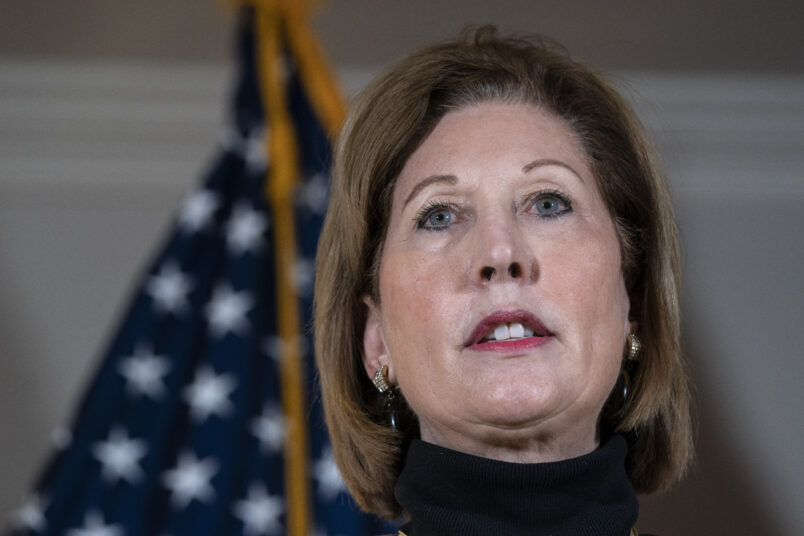
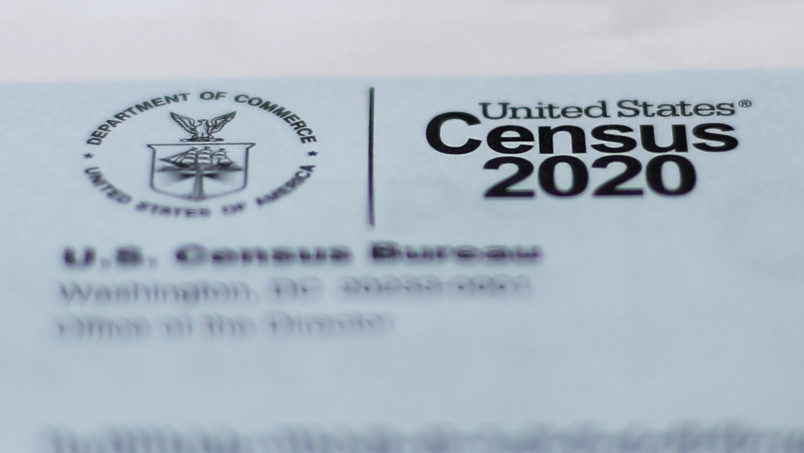



 Screenshot/archive.is
Screenshot/archive.is